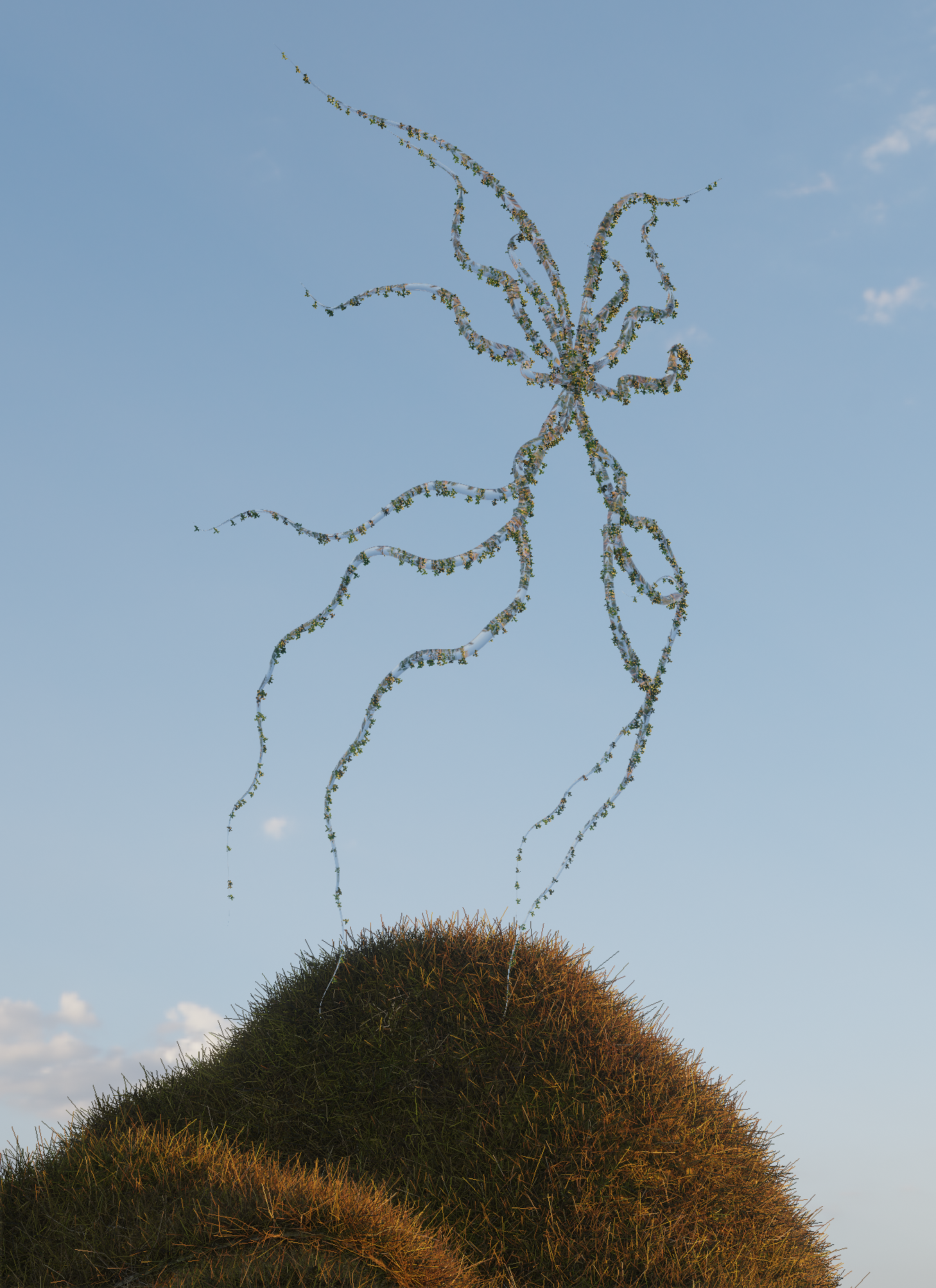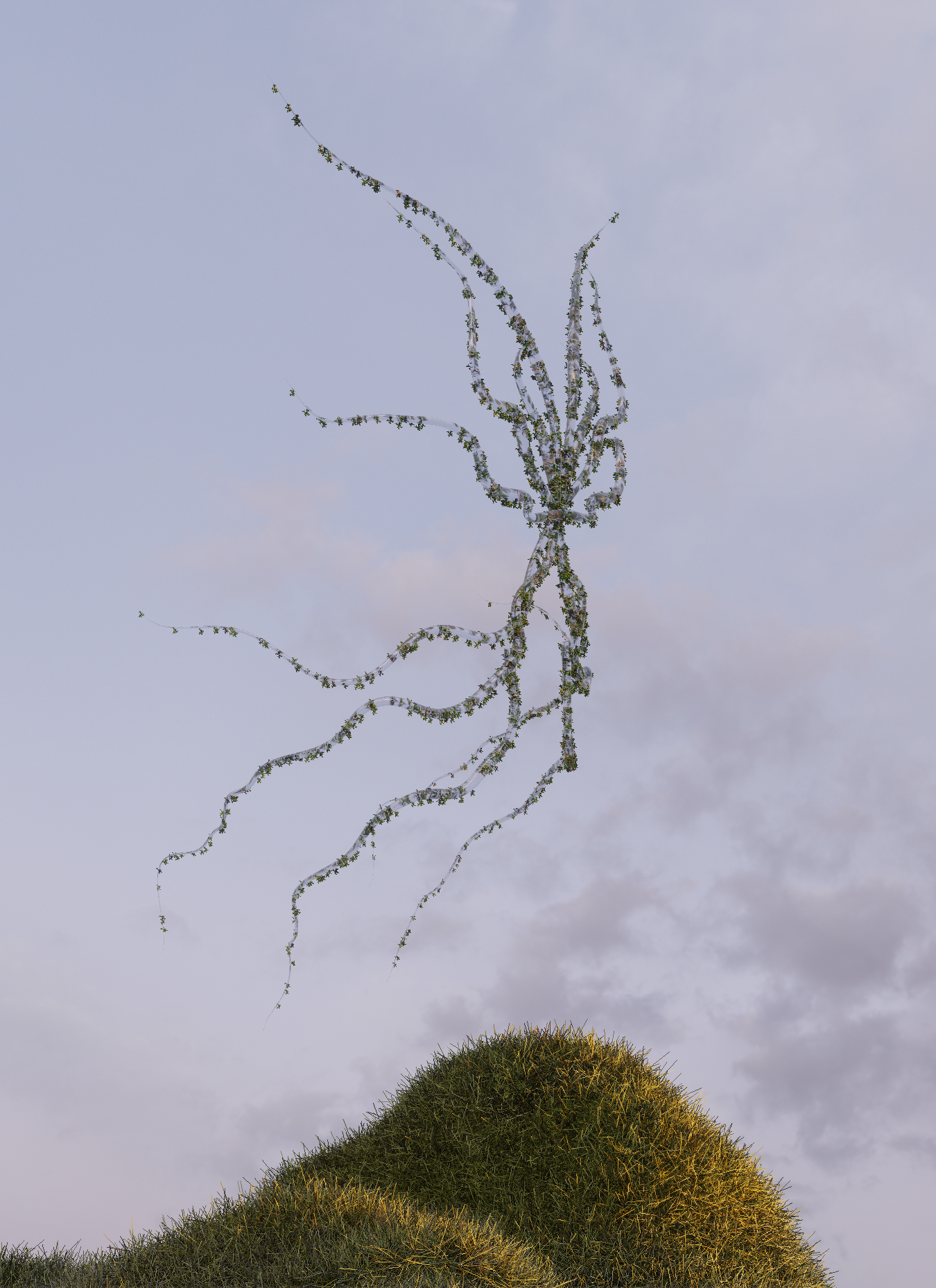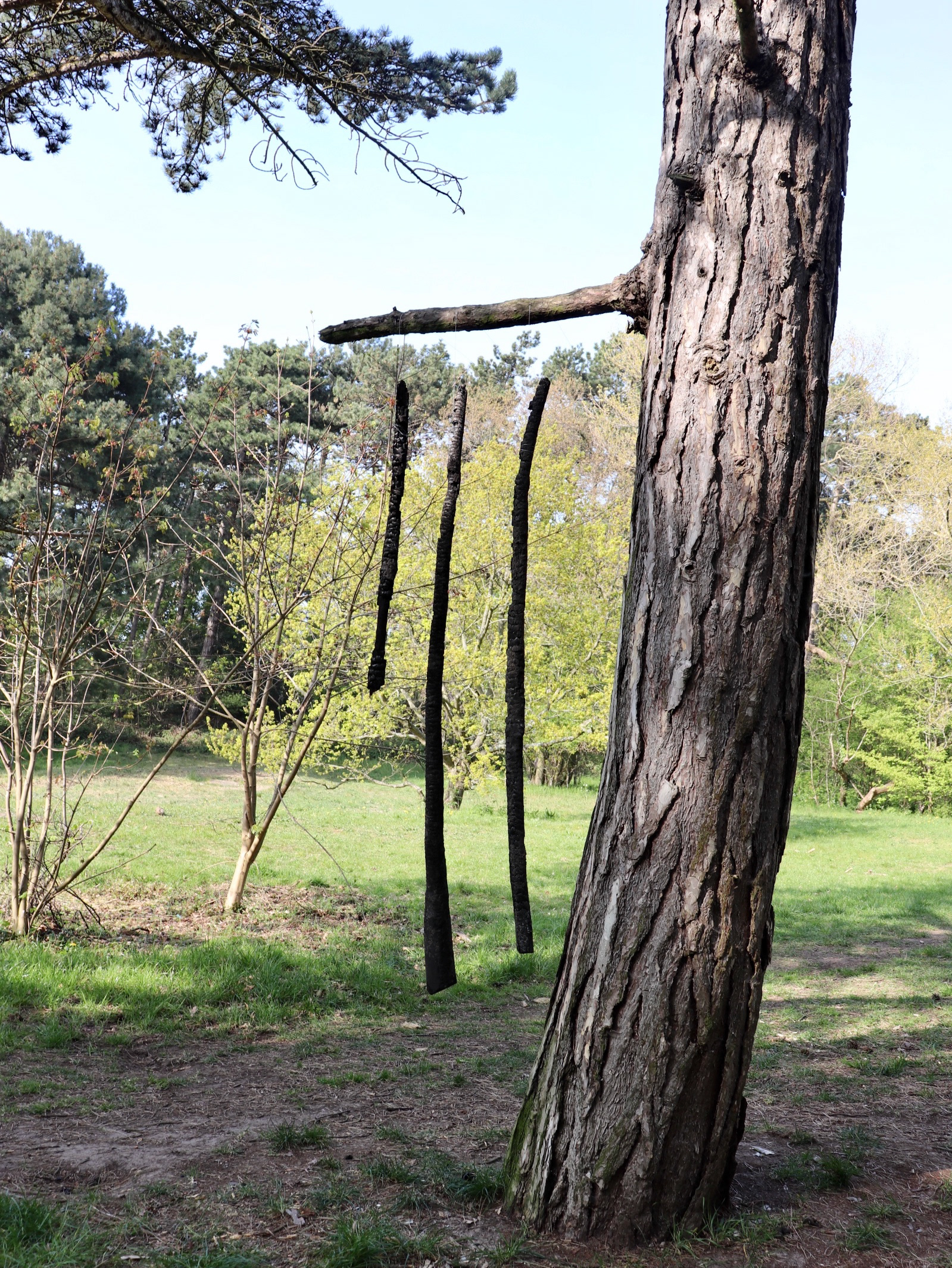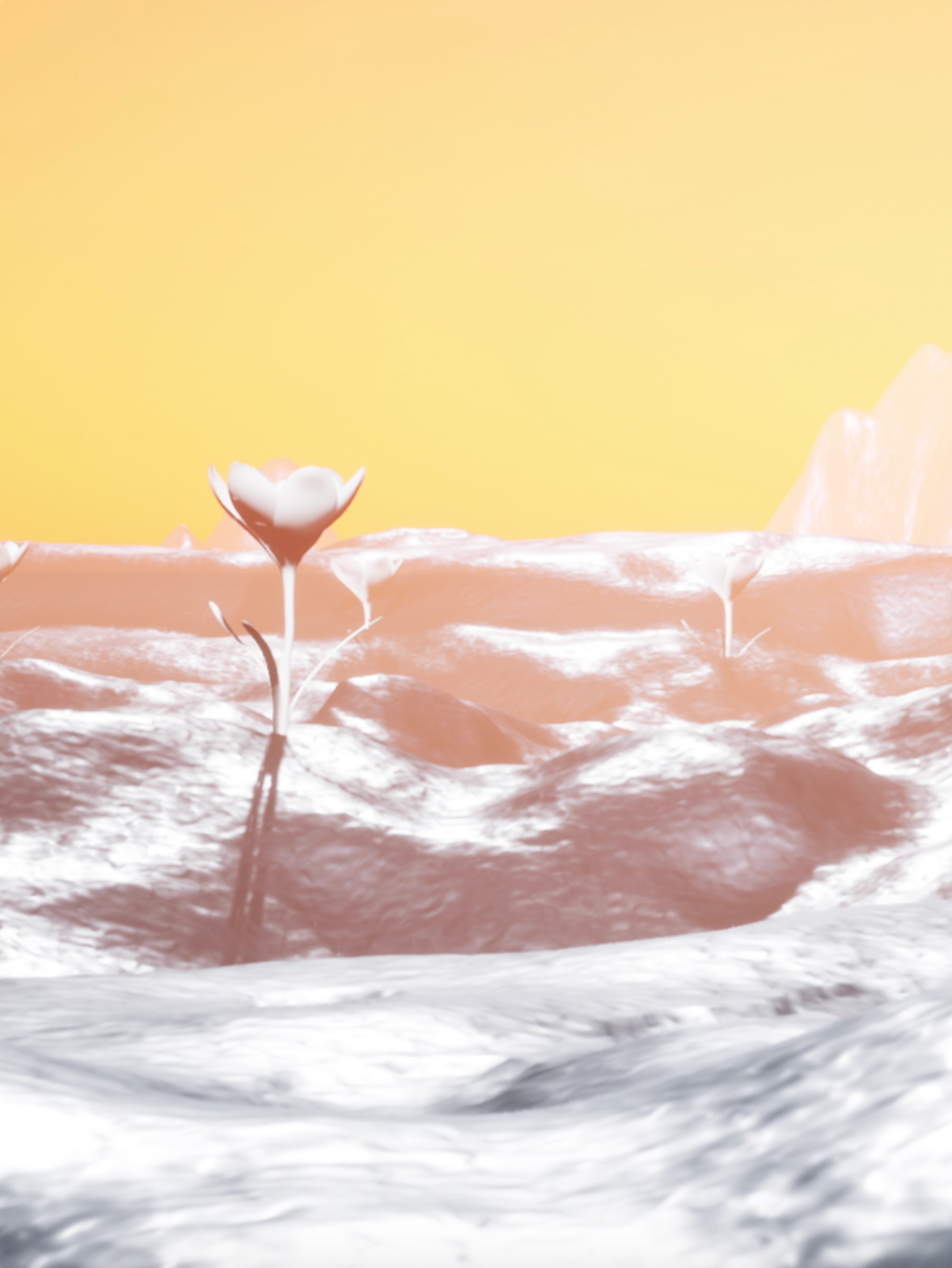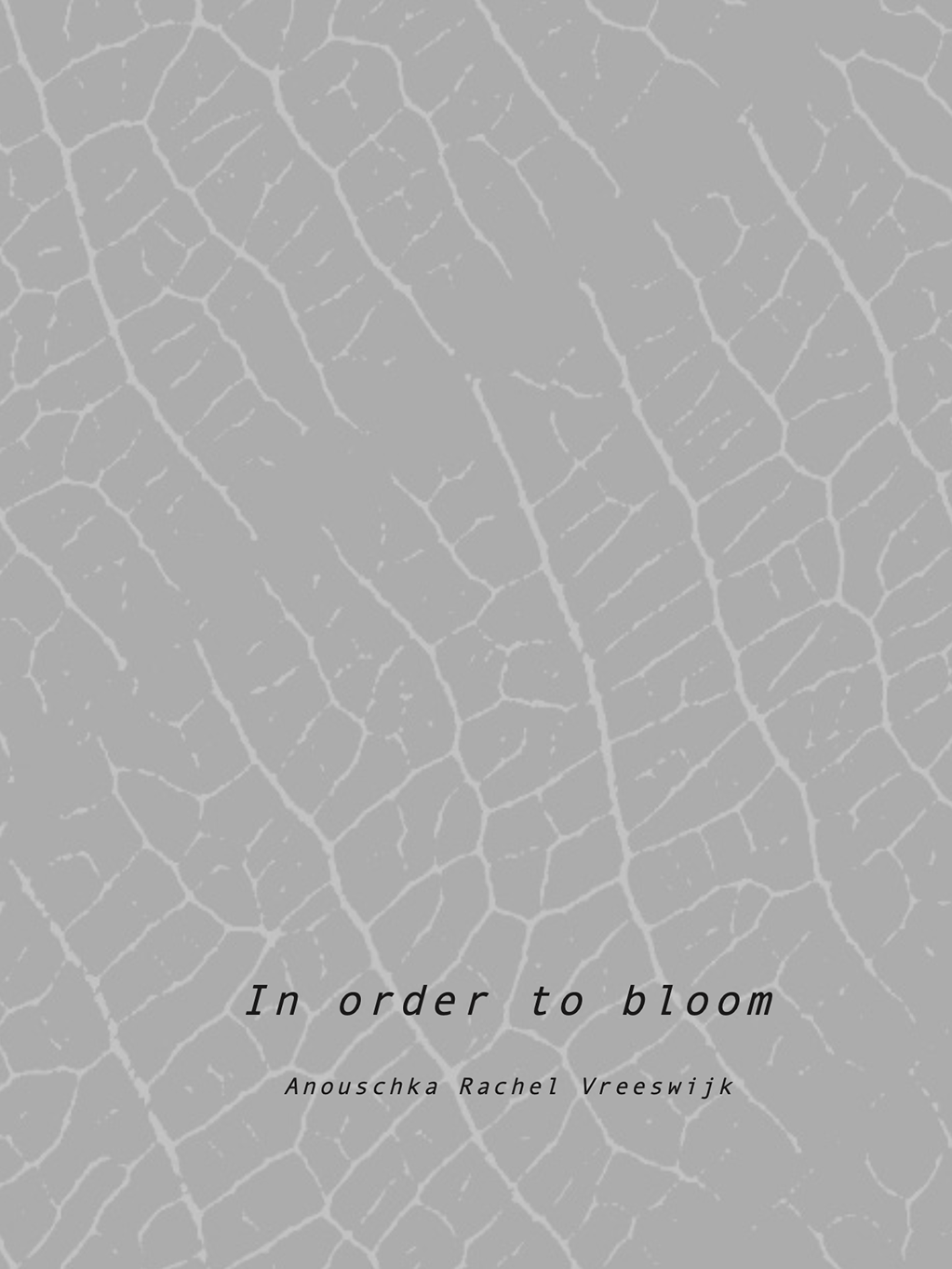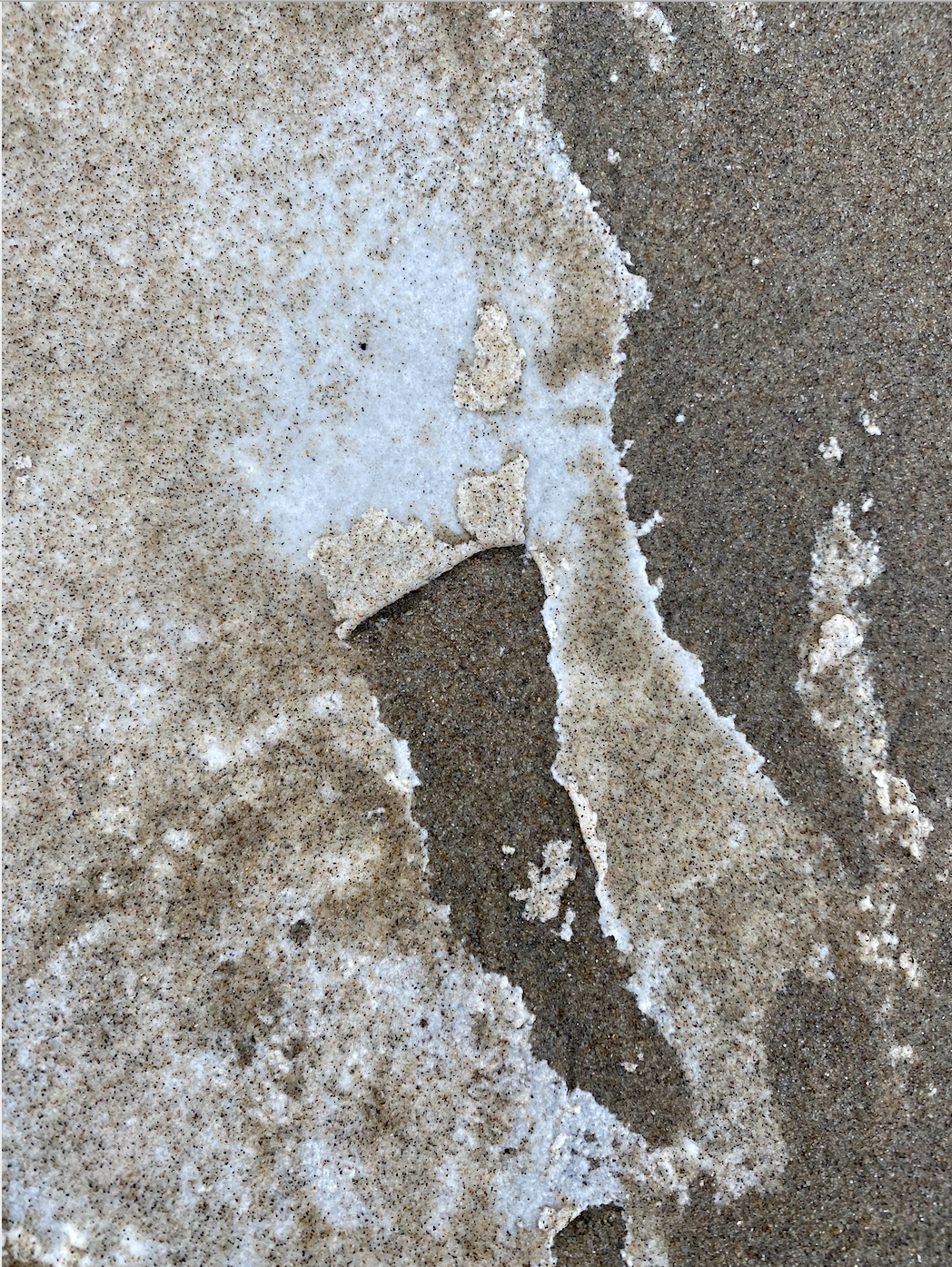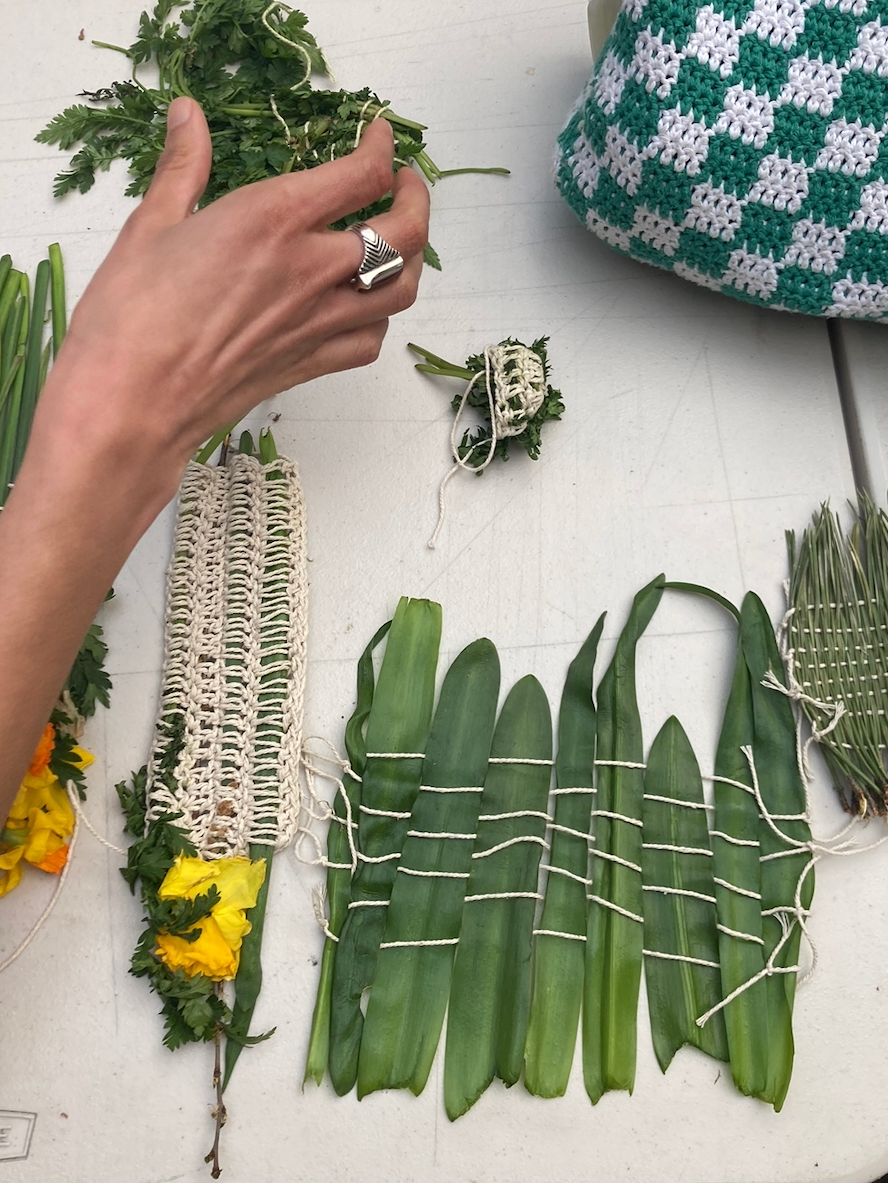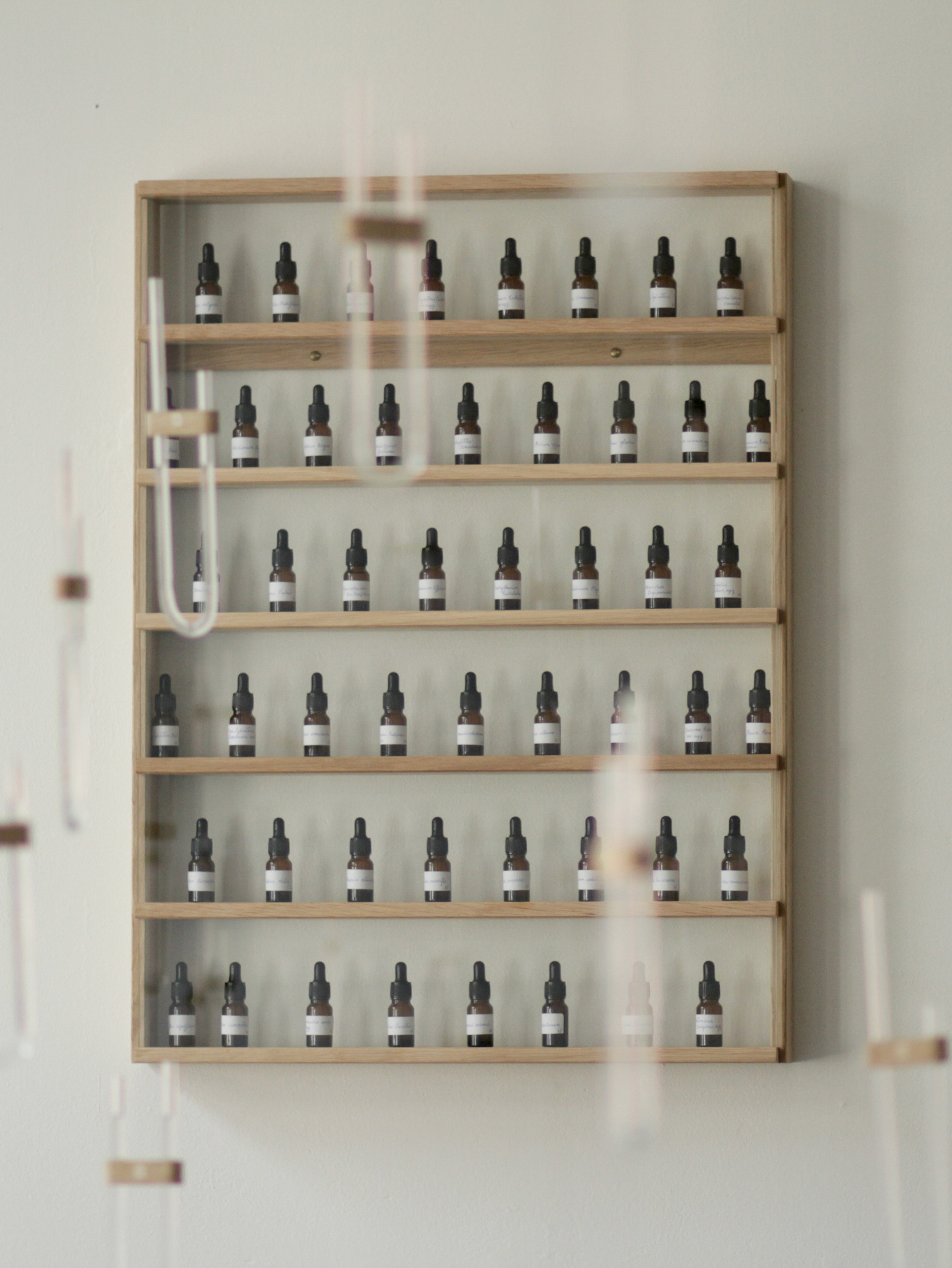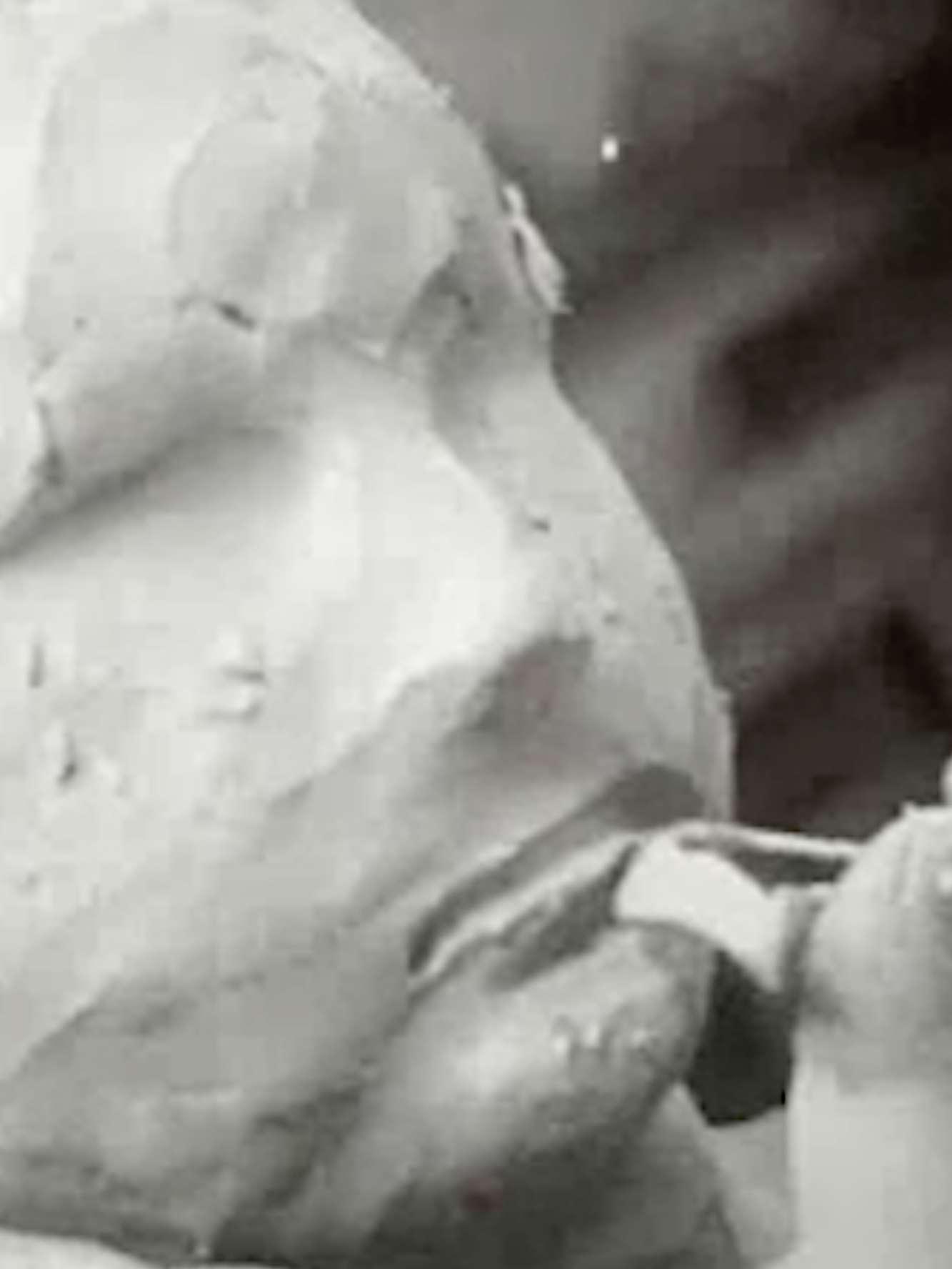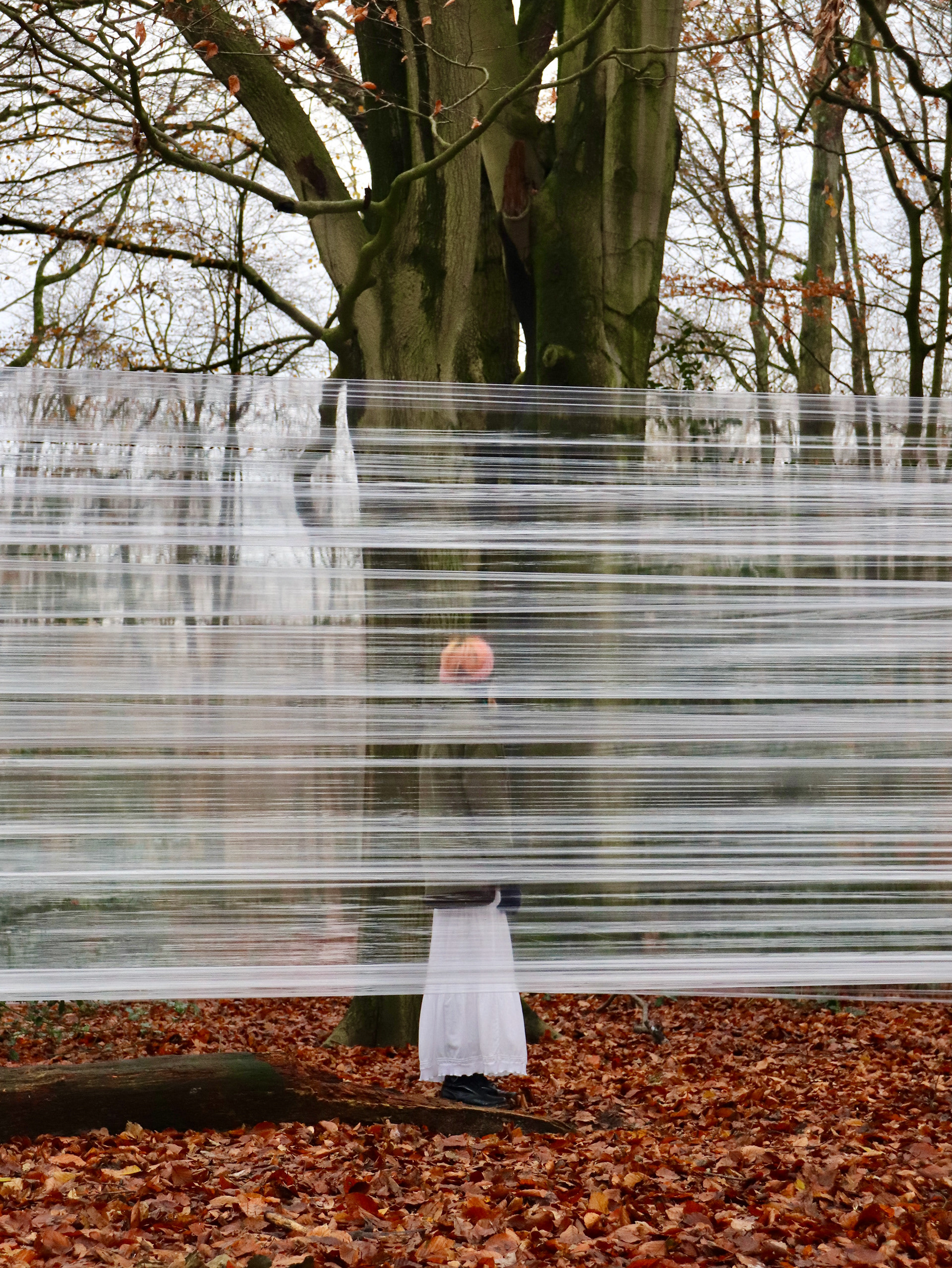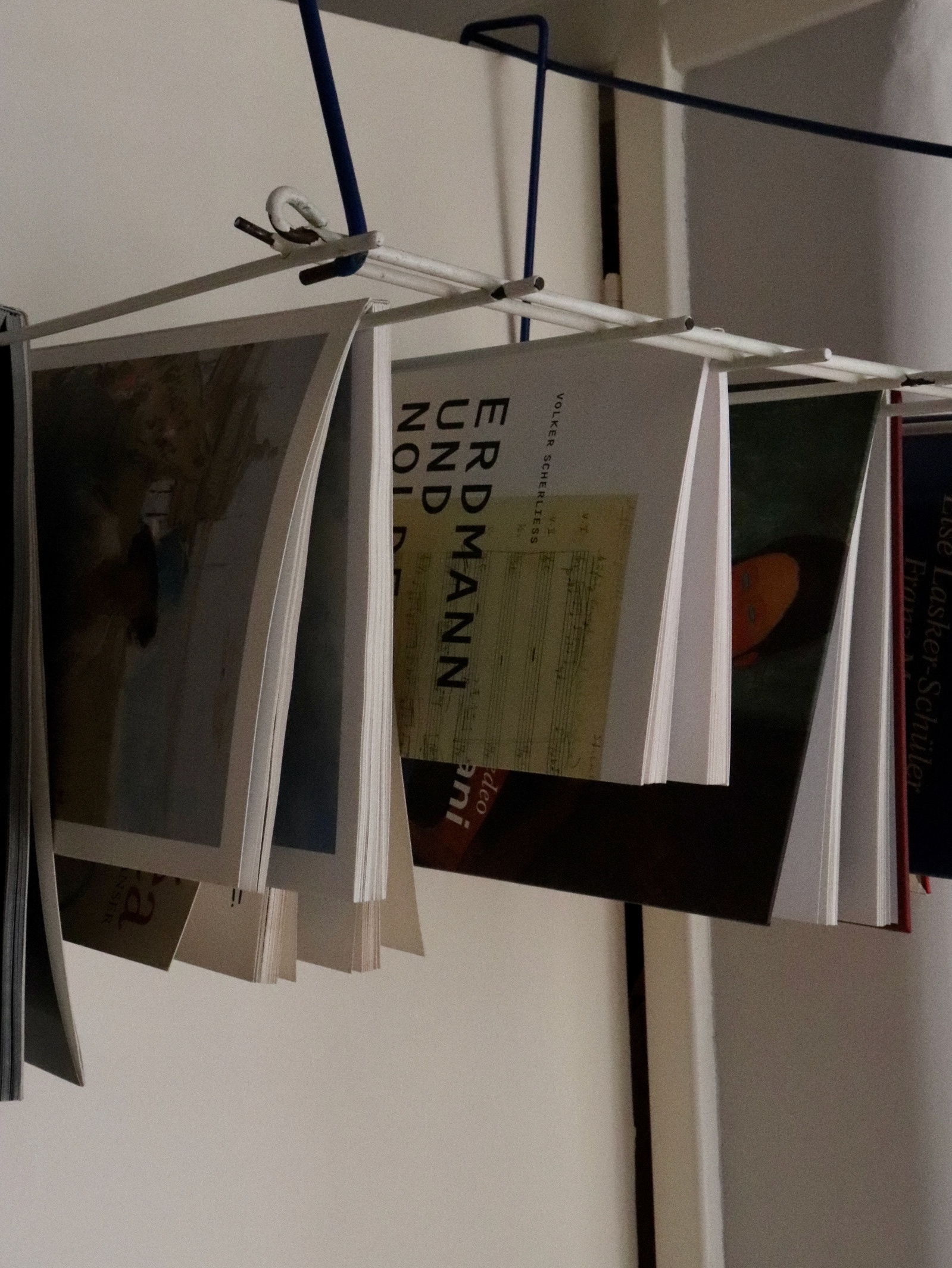Introduction:
Nostos Erda is a research into the relationship between people and the rest of nature, the non human world. This research is a measurable psychological construct that moves beyond physical contact/ interaction with nature to an individual's inner/ mental/ emotional perspective of their relationship with the natural world. Nostos Erda aims to increase people's engagement with the outside world. This particular ecological idea—that what matters is found in relationships rather than things between us or within us—is a focus of much of this work. With this research I will start to construct such an ecology by examining many of the assumptions and biases that are built into our ways of thinking, and which are subsequently embedded in the tools we use every day so deeply that we rarely think to question them.
We need to stop viewing nature as a beautiful, lost paradise that existed before humans arrived and began destroying it. We have always defined nature to be all that is born, including plants, animals, the environment, the universe, and culture. We now live in a time when things that are manufactured and things that are born are increasingly blending. The age-old division between nature and culture doesn't seem to be a sufficient lens through which to view ourselves and the high-tech world in which we live
Evolution continues. We are a product of nature and are a part of it. Nature is dynamic, never finished, and constantly transforming. For thousands of years, humans may have been a relatively unimportant species on Earth, but today, thanks to our technological innovation, we have changed the course of evolution and are changing the environment in which we first evolved.
The work speculates what the world might be like if one key aspect of life changed, whether related to the planet or humanity. This work is a form of human photosynthesis by which it is changing our biology to evolve this plant-centric skill. Through this form of playful confrontation I invite the visitors to reassess their relationship with the more- than human world.
As a jewellery designer I also play with the intimacy of jewellery; the interaction between seeing something and thus leading the eye to what cannot be seen is endlessly varied and captivating. Jewellery is one of the most physical and material of all the art forms, but with this work I am expanding its horizons: on the one hand, jewellery becomes similar to face-filters, a tool for customising one’s digital identity, digital representation, and image; and on the other, jewellery is an embodiment of a new type of craft ‒ digital craft. The concept that frames our understanding of jewellery is the "embodied" nature of the process and the perception of digitally-producible jewellery. With this work I am taking digital information as a material of its own, deconstructing the software in order to explore the human-digital relationship.
This work shows that direct contact with jewellery has transformed into touch that is mediated through screen and machine. Tactility does not only define the ability to perceive or be perceivable with a touch. In fact, this intangibility meets not only the eye, but the whole sensory apparatus as well. The viewer becomes a strange mixture of emotional and visceral response being fed to the materiality that is represented through your screen.
The connections between emotions, sensations, mind, and topology of the space are explored in this work Nostos Erda.
- Exchange at Konstfack, University of Arts, Crafts and Design
“
The Distinction between Humans and Nature: Human Perceptions of Connectedness to Nature and Elements of the Natural and Unnatural
“
"
Two natures. One body. This work, inspired by this problematic anthropocene era and with the purpose of reconnecting the human to nature. A nature we are so disconnected from, that we can’t even feel the price of its absence. We live distanced from our essence denying its rhythms and processes in ourselves.
“
"
This project sets out to reintegrate this biophilic tendency back into society, especially in more modern urban environments, attempting to create a symbiosis between human and nature.
“
